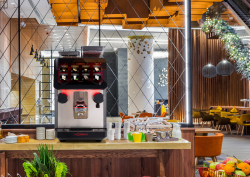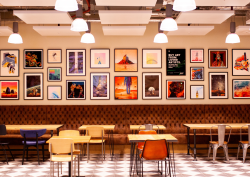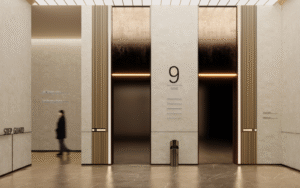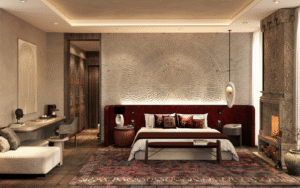Hotel art used to suffer from the unflattering stereotype of being both inoffensive and unmemorable, but with interventions from art agencies like Artiq, it has undergone a seismic shift, with curated art becoming synonymous with hotel design…
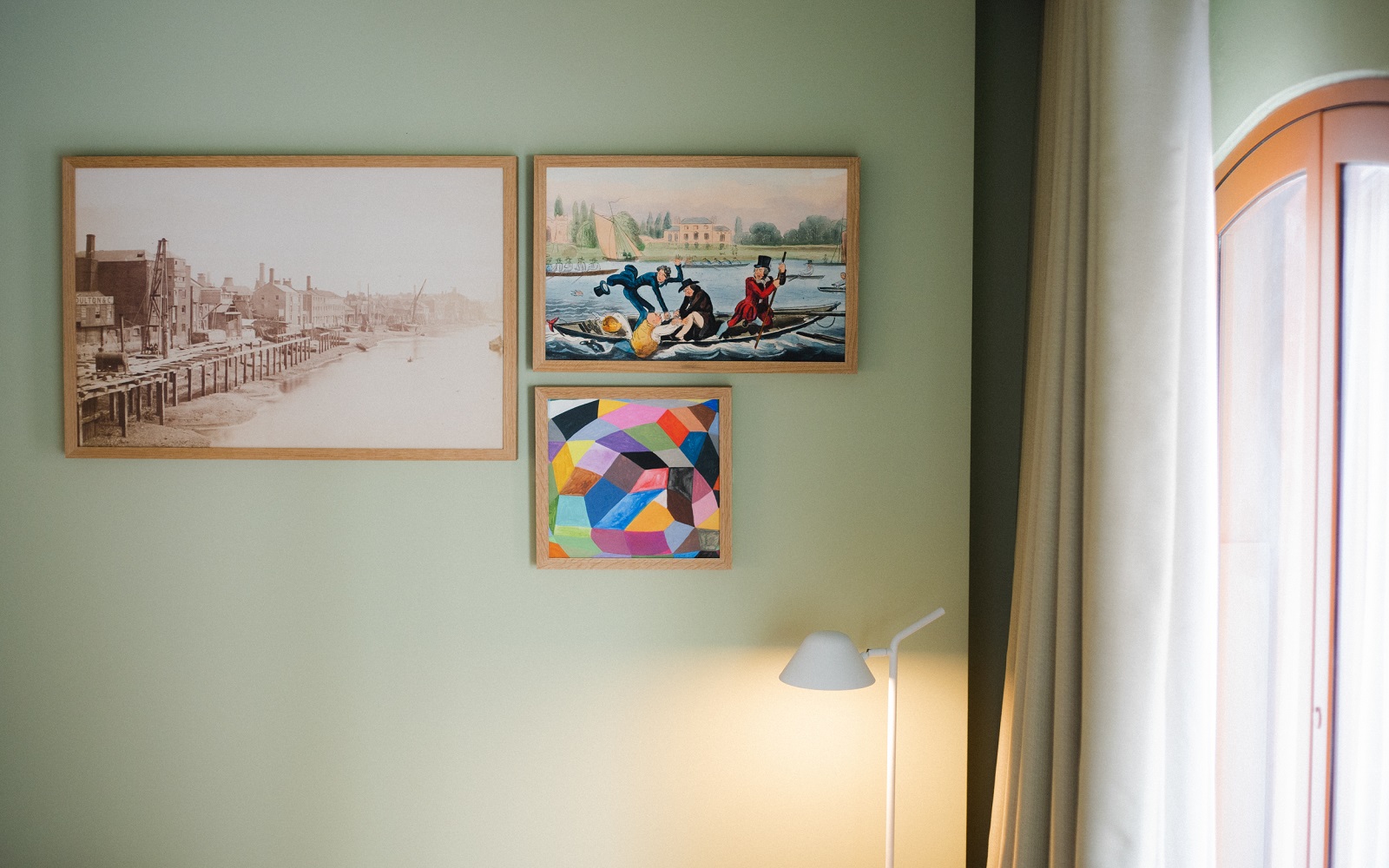
The concept of art in hotels has seen a 180 degree shift, giving us many instances where the art installations have become the primary reason guests check in to a particular hotel. Anthony Gormley’s ROOM at London’s Beaumont Hotel is a classic example.
The same could be said for office art. Although the phrase still doesn’t necessarily spark joy, there’s no denying the rise of considered art collections and innovative collaborations between corporate businesses and creatives. A collaboration worth noting is the Anton Alvarez installation ‘The Remnants’ with Brookfield Properties last year.
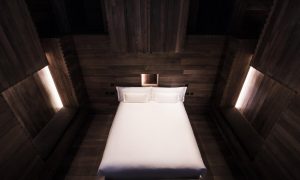
Image credit: The Beaumont
Whether luxury hotels, or businesses in the heart of the city, art is increasingly being seen as an investment in well-being, rather than simply something nice to look at. Businesses in both sectors want art collections that tell stories with local relevance, while supporting local creative communities. In addition, there is starting to be a clear understanding of the positive impact engaging with art and creativity can have on the people who occupy these spaces, whether temporary travellers, or permanent members of a team.
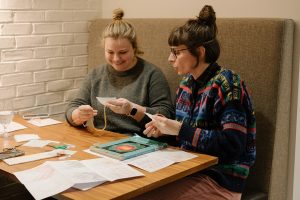
Image credit: Artiq
Exploring the positive impact engaging with art can have on us, is nothing new. Since the 1950s, it has been written and understood that creativity is a powerful factor in the human psyche. Throughout the 21st century, numerous studies have honed these explorations producing tangible results. Then came the pandemic, propelling the conversation around mental health and well-being and unsurprisingly, creativity plays a significant role in this.
According to a new report by UCL based on cohort studies, engaging in cultural activities can significantly reduce the risk of depression and anxiety while providing a greater sense of purpose and fulfilment. Similarly, a 2022 study by Brookfield Properties and The School of Life revealed that 75 per cent of those with enriched offices preferred working in the office to their home, compared to just 53 per cent in ‘lean office’ environments, highlighting the importance of art in the workplace as a tool for connection and community.

Image credit: Locke
As businesses try their best to attract and retain staff and as hotels compete to stand out to travellers in a competitive market, providing opportunities to engage in activities that make us feel good is key. There’s a growing demand amongst the Artiq corporate client base for creative workshops hosted by the artists whose work they have on their walls. As part of Artiq Experience, clients are given the opportunity to learn new skills such as etching or printmaking and switch off and channel their creativity, while spending time with peers in a way that forges a strong feeling of community.
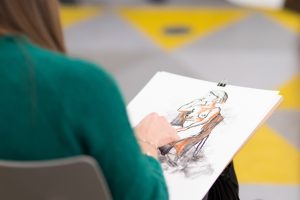
Image credit: Artiq
Artiq is seeing the same increasing emphasis on creativity, community and connectivity across clients in the hospitality sector. One example of a brand that truly understands the connection between creativity and well-being is edyn. While staying in one of its Locke aparthotels, guests can access life drawing classes and terrazzo workshops or temporarily join the weekly running club.
The key takeaway from this conversation, is that engaging in creative and cultural activities as part of our routines can significantly impact both mental and physical health. Whether at work or in a hotel you’re visiting, or an interior you are designing – if there’s an opportunity to spark your creativity, take it!
Artiq is one of our Recommended Suppliers and regularly features in our Supplier News section of the website. If you are interested in becoming one of our Recommended Suppliers, please email Katy Phillips.
Main image credit: Artiq / Locke






